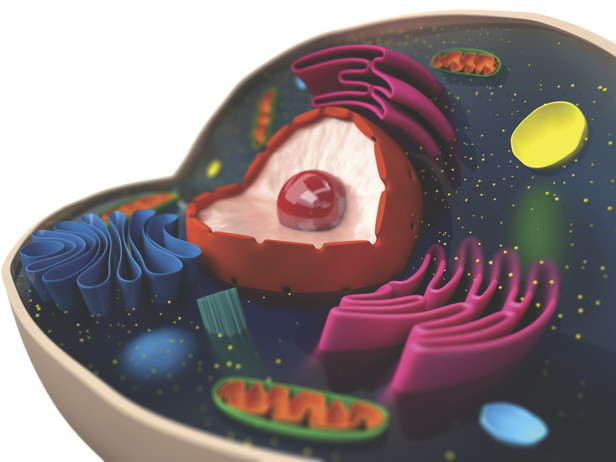Cytoplasm is more than filler; it performs many critical biological functions in a cell. By definition, cytoplasm is all of the liquid inside a cell membrane but outside of the nucleus. Cytoplasm gives the cell its open, balloon-like shape through a scaffolding of microtubules and microfilaments, called cytoskeleton. Organelles also use microtubules as pathways to travel throughout the cell. In addition to water, cytoplasm contains enzymes that break down glucose into a substance digestible by mitochondria. Other enzymes dissolve cellular waste so it can be removed through the cell membrane.
Answered by Dave Roos

Post a Comment